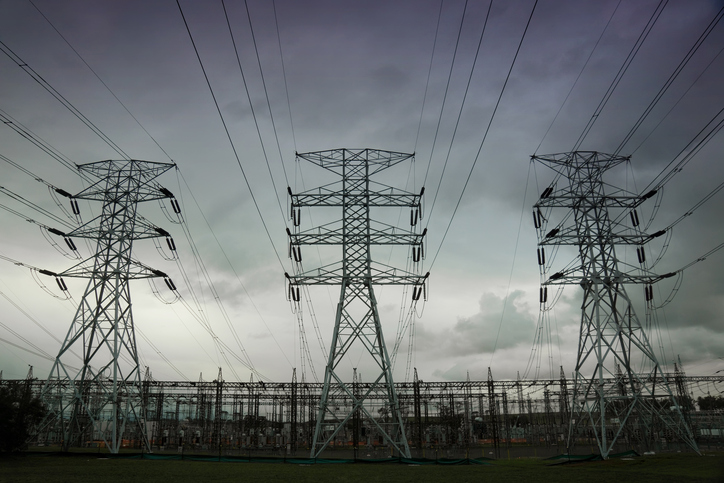National Grid is expecting a more significant electricity margin this winter as the capacity market begins to deliver back-up generation.
The grid operator yesterday published its Winter Review and Consultation document, outlining its expectations for transmission system demand throughout this winter.
Within it National Grid said it expected the de-rated margin range for the winter period 2016/17 to be between 3.7GW and 4.9GW, equivalent to between 6.8% and 8.2% of underlying demand and, crucially, 7.2% and 9.9% of transmission system demand.
For the 2015/16 winter period National Grid obtained a de-rated capacity margin of 5.1%.
The margin has been boosted, National Grid said, by the advent of the capacity market which will deliver additional reserve capacity should the grid require it for the first time this winter. This includes a number of the 500MW of battery storage projects which won 15-year contracts under the capacity market auction late last year.
The increased margin follows frequent reports linking increased seasonal demand over the winter period with rolling blackouts, an occurrence said to be highly unlikely by National Grid. Former chief executive of National Grid Steve Holliday repeatedly said that such stories were unfounded and exaggerated during his time at the system operater.
Jonathan Marshall, energy analyst at the Energy and Climate Intelligence Unit, said it was time for the country’s media to “move on” from suggestions of blackouts.
“This is the second successive annual increase in the grid’s capacity margin and with upper estimations of excess capacity nudging 10%, the security of supply debate is largely settled in the medium term,” he said.
However Marshall did criticise the capacity market mechanism’s design, saying it had acted as a “direct subsidy” for fossil fuels.
“While it [the capacity market] ensures there is adequate capacity for the foreseeable future, the government can and should look at amending it so that it incentivises the bill-cutting technologies of tomorrow, such as storage and demand shifting, rather than those of yesterday,” he added.






